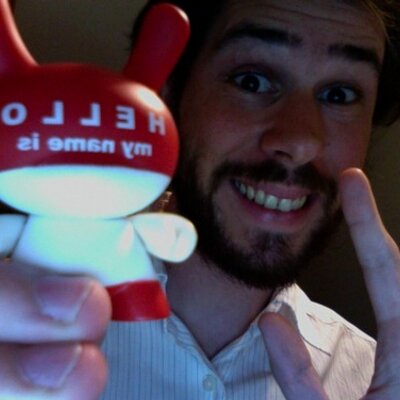How we work
Once a potential client asked how our relation would work. We send this to them. It’s nothing revolutionary and we are sure many other organizations work similarly, but since this can be applied to any project, we think it makes sense to share this on the open.
Some notes about Populate’s working process and ideas about publishing, digital product design and public engagement.
Process
Relationship
Although we may refer to the client as the “client”, we like to create a relationship that is more similar to a team of a peers working together than a client-provider scheme. We don’t just listen to requests and then go build them. Collaboration is key as the “client” is the one who knows best what needs to be built; we are here to help build this vision, question, amplify and improve ideas by providing our product design and technical experience. But getting to extract all the knowledge the client has is key to success, and that only is possible when collaboration happens.
A great team
We value a lot being able to form a great team with our clients. For us “a great team” means fluid, fast and frictionless communication; a collaboration context in which client ideas and our own grow and improve; and when the result is satisfying for both parts. We have strong opinions on how things should work, and we give great importance to believing in what we are doing.
Work environment
We value a lot our work environment. We spend most of our waking time working, so for us it’s important that we are happy while at it and that we create meaningful things in which we believe, be them small or large. We love to work, and work hard, but a good environment is essential for this. We turn down projects if we don’t see clearly that we are going to get along great with our clients. It’s also a selfish issue: if we are happy we’ll be more productive and the quality of our work will be greater.
Try
In this sense, we prefer to start with a small and quick project that enables us and the client to get to know each other and see if we are a good fit.
Practical issues
Short iterations
When building a product we like to work in short iterations, and advance as much as possible the moment when the client interact with the actual product, even if it’s not finished.
Practical tools
We use online project management tools like Basecamp to keep track of things: planification, milestones/deadlines, progress… we use it to share with the client partial deliverables, to discuss about them, raise issues, questions, etc. we try to minimize the use of email. We use other tools like Invision if a big visual deliverable is due, as it improves the experience. We also use Slack (real time chat) for small things.
Periodic check-ins
We like to plan weekly or bi-weekly status meetings (over phone, Skype, etc), and are happy to meet whenever is needed. At the same time, we are huge fans of the order that a tool like Basecamp allows as everything entered there is visible, accessible, “referenceable”
Project management
With the written proposal and budget we also present a broad timeline of milestones/phases (ie. concept, ux design, visual design, front-end, back-end, tests, etc) that takes into account client needs and objectives. When the project starts, we translate that to specific deadlines both for materials the client should provide and deliverables from our part. We name a person who is the main point of contact, and we expect the same from the client.
In this following section we went into the specifics of the potential project with the client. Again, since we talk about general media issues and expresses or views, we thought about sharing it redacting the clients name.
If you have a civic, media, transparency or tech project and think we might help, learn more about us and get it touch.

